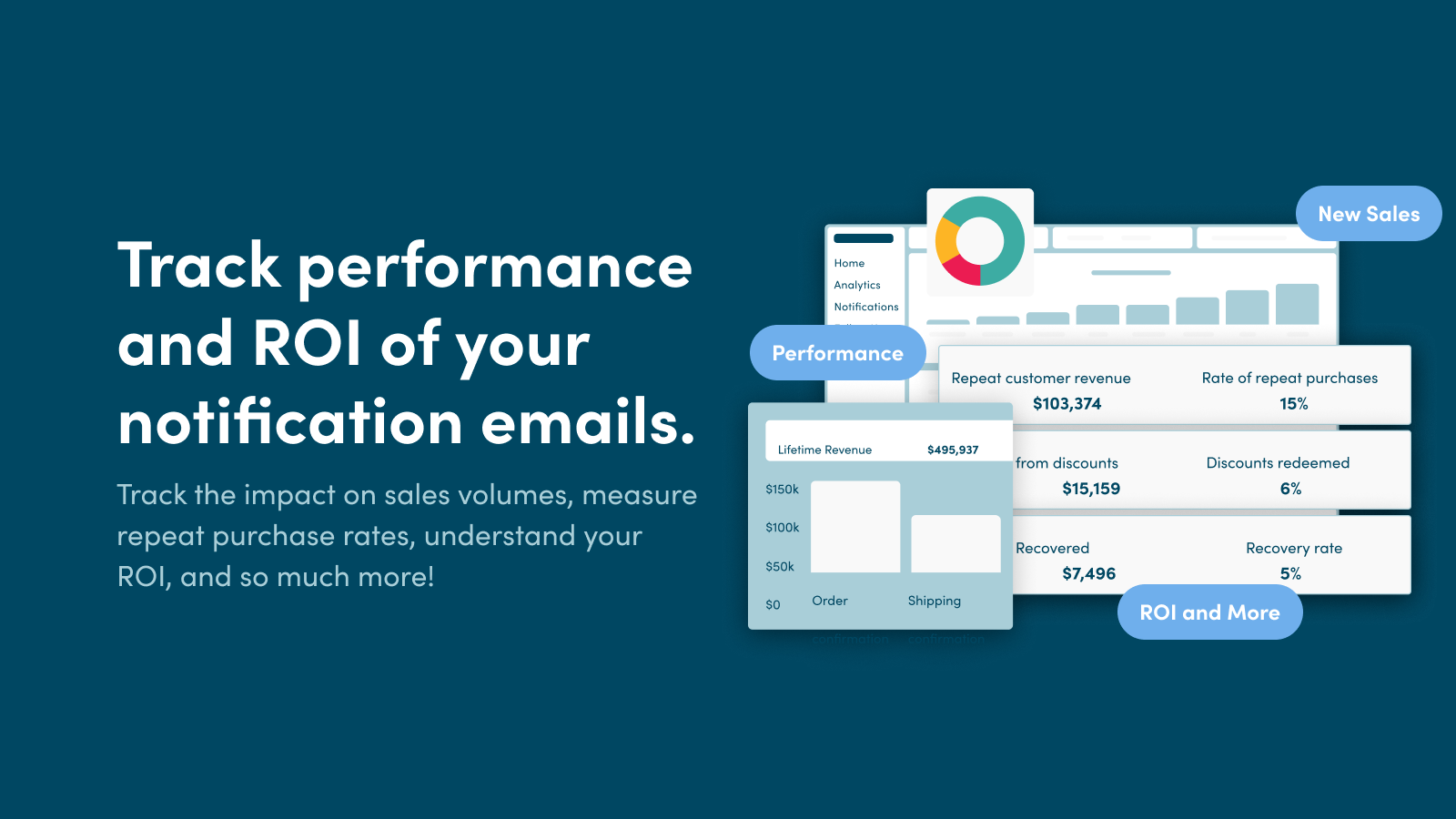
UpOrder: Complete Buyer's Guide
Transform Shopify's transactional emails into revenue-generating touchpoints
UpOrder transforms Shopify's transactional emails into revenue-generating touchpoints through AI-powered product recommendations and dynamic discount insertion. The platform focuses exclusively on email monetization rather than comprehensive customer journey orchestration[42][48].
Market Position & Maturity
Market Standing
UpOrder operates in the specialized transactional email monetization segment, distinct from comprehensive post-purchase platforms like Narvar or autonomous AI agents such as parcelLab[48][56].
Company Maturity
Company maturity indicators include a 4.0 average rating across 582 Shopify App Store reviews, indicating generally positive customer satisfaction and substantial user base within the Shopify ecosystem[50][51].
Growth Trajectory
Customer adoption patterns show strong traction among direct-to-consumer brands, with documented success stories including DBC Baby Bedding Co generating $570,182 in incremental sales and Daneson achieving 6x ROI through the platform's AI-enhanced email campaigns[54][55].
Industry Recognition
Industry recognition includes positive customer testimonials emphasizing implementation ease and revenue generation, with Chaser documenting $3.80 per email and Stash Tea achieving 79% open rates[52][57].
Strategic Partnerships
The platform's strategic positioning as a Shopify-exclusive solution provides both competitive advantages and limitations[42][56].
Longevity Assessment
Longevity assessment suggests stable operation within the Shopify ecosystem, supported by consistent customer satisfaction ratings and documented revenue generation across multiple customer implementations[50][54][55][57].
Proof of Capabilities
Customer Evidence
DBC Baby Bedding Co serves as UpOrder's flagship success story, generating $570,182 in incremental sales through AI-driven product recommendations embedded in transactional emails[54].
Quantified Outcomes
Quantified outcomes across customer implementations suggest average sales lifts of 10% with revenue impact typically measurable within 30 days of deployment[42][53][54].
Case Study Analysis
Stash Tea achieved 79% email open rates and 15% click-through rates using UpOrder's personalized email templates, significantly exceeding industry benchmarks for transactional email engagement[52].
Market Validation
Market validation includes a 4.0 average rating across 582 Shopify App Store reviews, indicating substantial user adoption and generally positive customer satisfaction within the Shopify ecosystem[50][51].
Competitive Wins
Competitive validation emerges through customer testimonials emphasizing ease of implementation compared to alternatives. DBC Baby Bedding Co noted 'Everything was taken care of. I could customize without coding,' highlighting the platform's accessibility advantage over more complex post-purchase automation solutions[54].
Reference Customers
Reference customers include DBC Baby Bedding Co, Stash Tea, Chaser, and Daneson, demonstrating the platform's effectiveness across diverse product categories and niche markets[54][52][57][55].
AI Technology
UpOrder's AI technology core centers on machine learning algorithms that analyze customer purchase history to generate personalized product recommendations across Shopify's transactional email ecosystem[42][48].
Architecture
The architecture employs dynamic content insertion that generates personalized discount codes and cross-sell suggestions based on individual customer behavior patterns[42][56].
Primary Competitors
Main alternatives include comprehensive post-purchase platforms like Narvar or autonomous AI agents such as parcelLab[48][56].
Competitive Advantages
Primary competitive advantages center on Shopify-native integration that eliminates third-party ESP requirements while providing deep connectivity to customer purchase data for AI training[42][56].
Market Positioning
Market positioning as a specialized solution rather than comprehensive platform creates both opportunity and risk, enabling superior email optimization while potentially limiting long-term relevance as market trends favor integrated post-purchase automation[48][56].
Win/Loss Scenarios
Win scenarios favor UpOrder when merchants prioritize rapid email monetization over comprehensive automation, particularly Shopify-based SMBs with 50-500 monthly orders seeking immediate revenue generation without substantial technical investment[53][56]. Loss scenarios occur when organizations require multi-platform support, comprehensive post-purchase automation, or advanced AI capabilities beyond email personalization[42][56].
Key Features

Pros & Cons
Use Cases
Integrations
Pricing
Featured In Articles
Comprehensive analysis of Post-Purchase Automation for Ecommerce for Ecommerce businesses and online retailers. Expert evaluation of features, pricing, and implementation.
How We Researched This Guide
About This Guide: This comprehensive analysis is based on extensive competitive intelligence and real-world implementation data from leading AI vendors. StayModern updates this guide quarterly to reflect market developments and vendor performance changes.
57+ verified sources per analysis including official documentation, customer reviews, analyst reports, and industry publications.
- • Vendor documentation & whitepapers
- • Customer testimonials & case studies
- • Third-party analyst assessments
- • Industry benchmarking reports
Standardized assessment framework across 8 key dimensions for objective comparison.
- • Technology capabilities & architecture
- • Market position & customer evidence
- • Implementation experience & support
- • Pricing value & competitive position
Research is refreshed every 90 days to capture market changes and new vendor capabilities.
- • New product releases & features
- • Market positioning changes
- • Customer feedback integration
- • Competitive landscape shifts
Every claim is source-linked with direct citations to original materials for verification.
- • Clickable citation links
- • Original source attribution
- • Date stamps for currency
- • Quality score validation
Analysis follows systematic research protocols with consistent evaluation frameworks.
- • Standardized assessment criteria
- • Multi-source verification process
- • Consistent evaluation methodology
- • Quality assurance protocols
Buyer-focused analysis with transparent methodology and factual accuracy commitment.
- • Objective comparative analysis
- • Transparent research methodology
- • Factual accuracy commitment
- • Continuous quality improvement
Quality Commitment: If you find any inaccuracies in our analysis on this page, please contact us at research@staymodern.ai. We're committed to maintaining the highest standards of research integrity and will investigate and correct any issues promptly.